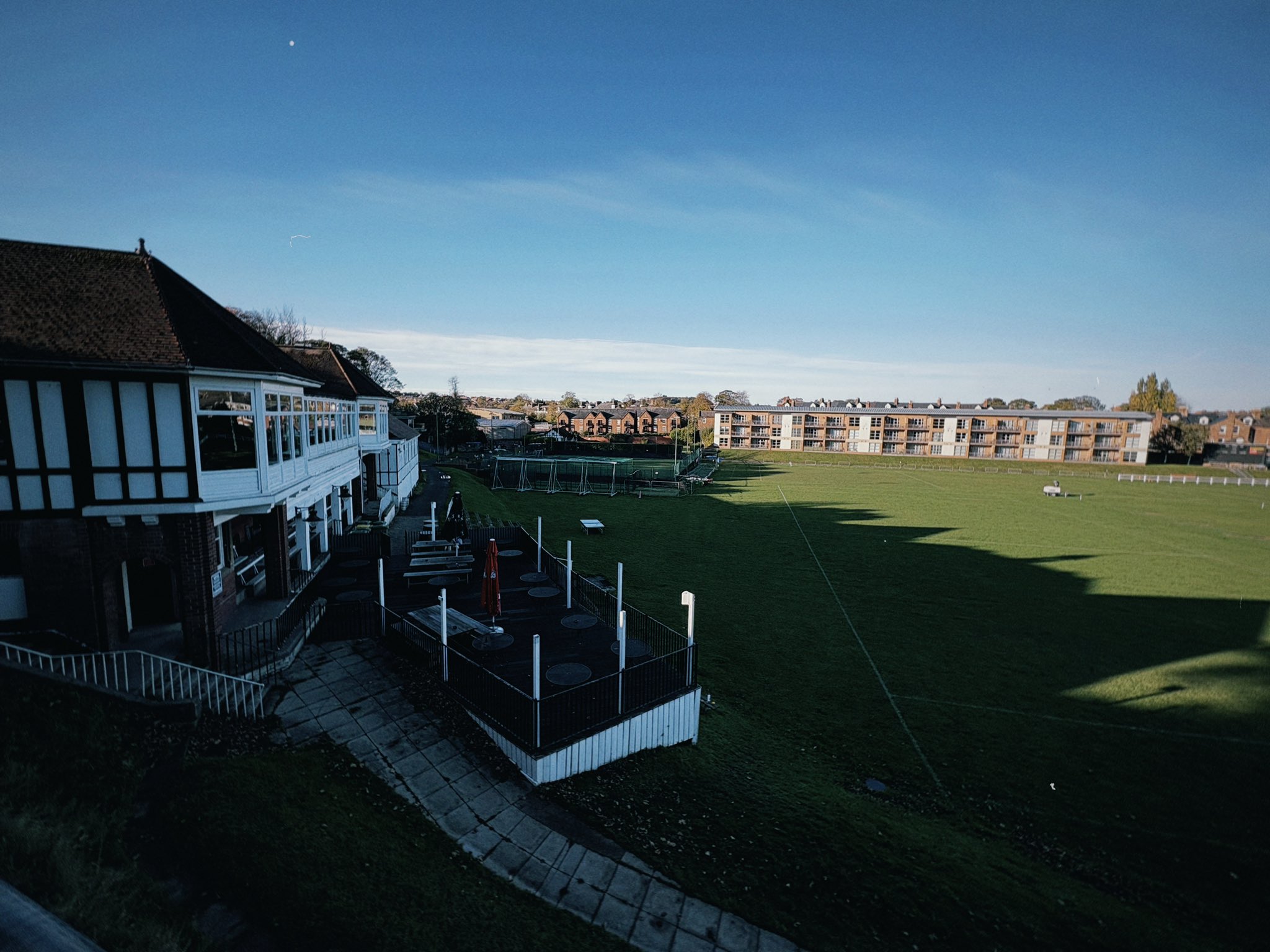16930
Cricket, Football, Gymnastics, Athletics, Rugby, Bowls, Squash, Quoits, Tennis
Ashbrooke Sports Ground
54.895098, -1.386770
Sunderland
Opened:
1887
Closed:
Open
Condition:
Home Teams/Clubs:
Last Updated:
26 Nov 2025
Ashbrooke Sports Club (1887), Sunderland Cricket Club, Sunderland RFC (1873)
HER Description
In a little nook of the leafy Sunderland suburbs is Ashbrooke - the “Lords” of Mackem sporting heritage.
This place is enormously significant for both the sports you expect and don’t expect. It opened in 1887 as the Ashbrooke Sports Club - multidisciplinary ground aimed for the general improvement of the health of the local elite. Their first pursuits were cricket, football, athletics, tennis and quoits. Durham used the ground in its first year, compiling a team against Canada (!). In 1926 also, Durham played against Australia for a crowd topping 26,000.
Upon opening the Sunderland Cricket Club moved here from Chester Road, and like many clubs they diversified into football to play over the winter. I’m not sure exactly, but it may be the case they evolved into Ashbrooke FC, who competed locally against church and industrial teams. It’s worth noting Sunderland AFC did play here for a short time.
Other sports were also played here within its first decade. Sunderland RFC called it their home, and a bowling green was added in 1889. Baseball, hockey, boxing and cycling were all known to have been hosted here too.
The lovely pavilion is the oldest sports related structure in Sunderland too, though it replaced a smaller building from its earliest days. The shots you see below are pre-1930s before additional wings were added, having been built in 1899 and designed by James Henderson. Sunniside Chambers was designed by him before moving to Canada.
It still hosts a number of sports and is ran by a charity. Smashing job they do as it’s in fantastic nick.

Ordnance Survey, 1890s

Ashbrooke Sports Ground in October 2025.
Have we missed something, made a mistake, or have something to add? Contact us

The second Ashbrooke Pavilion pre-1930s, when the wings were constructed. Unknown original source.
Historic Environment Records
Durham/Northumberland: Keys to the Past
Tyne and Wear: Sitelines
HER information as described above is reproduced under the basis the resource is free of charge for education use. It is not altered unless there are grammatical errors.
Historic Maps provided by


